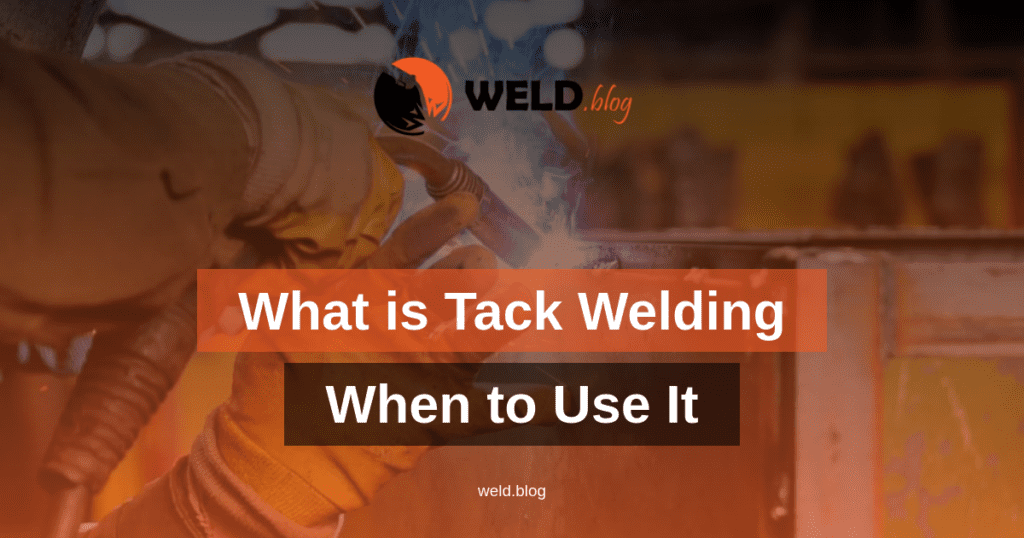Tack welding is a welding technique that is used to temporarily join two pieces of metal together. It is a common practice in various industrial processes, including metal fabrication, automotive repair, and pipe fitting. Tack welding allows welders to hold the workpieces in place and make sure that they are properly aligned before proceeding with the final welding.
What is Tack Welding?
Tack welding is a type of fusion welding where a small amount of weld is used to join two metal pieces together. The weld is usually done at several points along the seam, creating what is commonly known as a tack weld. The weld is usually done with the same process that is used for final welding, but at a lower current and voltage level.
Why is Tack Welding Important?
Tack welding is an important stage in the welding process because it allows the welder to ensure that the workpieces are properly aligned and that the final weld will be of high quality. If the workpieces are not properly aligned, it can result in an uneven final weld that can cause structural problems. Additionally, tack welding helps to prevent distortion and warping of the metal while it is being welded.
When to Use Tack Welding?
Tack welding is generally used in situations where two or more metal pieces need to be held together temporarily before they can be permanently joined. This is common in metal fabrication, where multiple pieces of metal need to be precisely aligned before they can be welded together. Tack welding is also used in automotive repair and other metal repair work where metal parts need to be held in place before they can be welded or brazed together.
How to Tack Weld?
Step 1: Prepare the Workpieces
The first step in tack welding is to prepare the workpieces. This involves cleaning the metal surfaces with a wire brush or grinder to remove any rust, paint, or other contaminants that could interfere with the welding process. The workpieces should also be clamped or held in place to ensure that they are properly aligned before tack welding.
Step 2: Position the Torch
The next step is to position the torch at the location where the tack weld is needed. The torch should be positioned at a slight angle to the workpiece to ensure that the heat is evenly distributed. The arc should be started and stopped quickly to create a small weld puddle that will hold the workpieces together.
Step 3: Make the Tack Weld
The third step is to make the tack weld. The welder should move the torch along the seam, stopping periodically to create a series of small tack welds. The weld should be spaced evenly to ensure that the workpiece is held securely in place.
Examples of Tack Welding
Some common examples of tack welding include:
- Tacking together sheet metal for car repairs
- Tacking together pipe sections before final welding
- Tacking together metal frames before final welding
Tips for Tack Welding
Here are some tips for ensuring a successful tack weld:
- Make sure that the weld area is clean and free from contaminants
- Use a wire brush or grinder to prepare the metal surfaces
- Ensure that the workpieces are properly aligned before tack welding
- Use the same welding process and electrode as for final welding, but at a lower current/voltage level
Tack Welding vs. Spot Welding
While tack welding and spot welding are similar in many ways, there are some key differences between these two welding techniques:
| Tack Welding | Spot Welding |
|---|---|
| Uses a small amount of weld to hold metal pieces together | Uses an electric current to melt and fuse metal sheets together |
| Creates a temporary weld to hold metal pieces in place | Creates a permanent weld that is as strong as the original metal |
| Used to hold metal pieces in place before final welding | Used to join metal sheets together without the need for filler metal |
Tack welding is an important technique in the welding process that allows welders to hold metal pieces in place before final welding. It is commonly used in metal fabrication, automotive repair, and other metal repair work. By following the proper procedures for tack welding, welders can ensure that the workpieces are properly aligned before final welding and that the final weld will be of high quality.

